🚚 Fast Delivery | ⭐ Best Quality | 📞 24/7 Support
+971 2 552 3918
info@coolwaybmllc.com
- Power Tools & Machinery
- Fire and Safety Equipement
Fire and Safety Equipement
- Adhesives
- Plumbing & Sanitary
- Packing Materials
Packing Materials
- Abrasives
- Carpentry
- Welding Accessories
Welding Accessories
- Fasteners
- Lock & Furniture Accessories
Lock & Furniture Accessories
- A/C Refrigeration
- Electrical
Electrical
1,00 د.إ
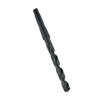
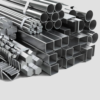
1,00 د.إ
You can add any HTML here
We suggest you to create a Saved Template in Dashboard -> Templates -> Saved Templates and use it by switching content type above to Saved template.
A metal beam is a key structural element used to provide support, stability, and load-bearing strength in a wide range of construction and engineering applications. Made primarily from steel or aluminum, metal beams are designed to carry substantial weights and resist bending, making them essential for infrastructure such as buildings, bridges, towers, and frameworks. The strength and durability of metal beams make them one of the most reliable materials in construction, offering long-lasting support and flexibility in design.
Metal beams are available in various shapes, each tailored for specific structural needs. Among the most common types are I-beams, H-beams, and T-beams, each named for its cross-sectional shape. I-beams, for example, have a narrow vertical section with wide, horizontal flanges on the top and bottom, which provide excellent bending resistance in applications where height is limited. H-beams, on the other hand, have wider flanges and a thicker central web, making them suitable for carrying larger loads and providing stability in large structures. T-beams, with a single horizontal flange and a vertical web, are also used in specific structural situations to offer support while minimizing material use.
The material used to produce metal beams is typically steel, known for its high tensile strength and durability. Steel beams are used extensively in heavy-duty construction because they can support significant weights and withstand environmental stresses such as wind, vibration, and temperature fluctuations. Aluminum beams, though less strong than steel, are lightweight and resistant to corrosion, making them an excellent choice for specific applications where weight is a concern or where exposure to moisture is likely, such as in coastal buildings or outdoor structures.
In terms of functionality, metal beams serve multiple purposes in construction. They act as primary structural supports, spanning large areas and bearing the weight of floors, roofs, or additional levels. By distributing loads evenly, beams prevent excessive stress on individual components, helping maintain structural integrity and safety over time. Furthermore, they are versatile in design and application, allowing architects and engineers to use them in a variety of configurations depending on project needs.
In summary, metal beams are essential components in construction, providing strength, stability, and durability to structures of all kinds. Whether made of steel for maximum load-bearing capacity or aluminum for lightweight applications, metal beams are a foundational element that enables the construction of safe, efficient, and resilient buildings and infrastructure. Their adaptability and strength have made them indispensable in modern engineering and architecture.
There is £4.99 charge for delivery under £50 Orders. Additional charges will be imposed by our couriers for delivery to remote area, a surcharge may be levied to cover carriage to these areas.
Metal beam
1,00 د.إ
- Structural component made of metal, commonly steel or aluminum.
- Provides support and load-bearing capacity in buildings, bridges, and various structures.
- Available in different shapes, such as I-beams, H-beams, and T-beams, tailored to specific applications.
- Known for its strength, durability, and resistance to deformation.
- Essential in construction, offering stability and safety for long-span structures.
A metal beam is a key structural element used to provide support, stability, and load-bearing strength in a wide range of construction and engineering applications. Made primarily from steel or aluminum, metal beams are designed to carry substantial weights and resist bending, making them essential for infrastructure such as buildings, bridges, towers, and frameworks. The strength and durability of metal beams make them one of the most reliable materials in construction, offering long-lasting support and flexibility in design.
Metal beams are available in various shapes, each tailored for specific structural needs. Among the most common types are I-beams, H-beams, and T-beams, each named for its cross-sectional shape. I-beams, for example, have a narrow vertical section with wide, horizontal flanges on the top and bottom, which provide excellent bending resistance in applications where height is limited. H-beams, on the other hand, have wider flanges and a thicker central web, making them suitable for carrying larger loads and providing stability in large structures. T-beams, with a single horizontal flange and a vertical web, are also used in specific structural situations to offer support while minimizing material use.
The material used to produce metal beams is typically steel, known for its high tensile strength and durability. Steel beams are used extensively in heavy-duty construction because they can support significant weights and withstand environmental stresses such as wind, vibration, and temperature fluctuations. Aluminum beams, though less strong than steel, are lightweight and resistant to corrosion, making them an excellent choice for specific applications where weight is a concern or where exposure to moisture is likely, such as in coastal buildings or outdoor structures.
In terms of functionality, metal beams serve multiple purposes in construction. They act as primary structural supports, spanning large areas and bearing the weight of floors, roofs, or additional levels. By distributing loads evenly, beams prevent excessive stress on individual components, helping maintain structural integrity and safety over time. Furthermore, they are versatile in design and application, allowing architects and engineers to use them in a variety of configurations depending on project needs.
In summary, metal beams are essential components in construction, providing strength, stability, and durability to structures of all kinds. Whether made of steel for maximum load-bearing capacity or aluminum for lightweight applications, metal beams are a foundational element that enables the construction of safe, efficient, and resilient buildings and infrastructure. Their adaptability and strength have made them indispensable in modern engineering and architecture.
There is £4.99 charge for delivery under £50 Orders. Additional charges will be imposed by our couriers for delivery to remote area, a surcharge may be levied to cover carriage to these areas.
Reviews
There are no reviews yet.
Buy more save more!
Buy from 2 to 4 items and get 10% OFF
on each productBuy from 5 to 8 items and get 15% OFF
on each product- Free shipping on all orders above 50,00
- No hassle returns, 30 days return
- Next day delivery within your country


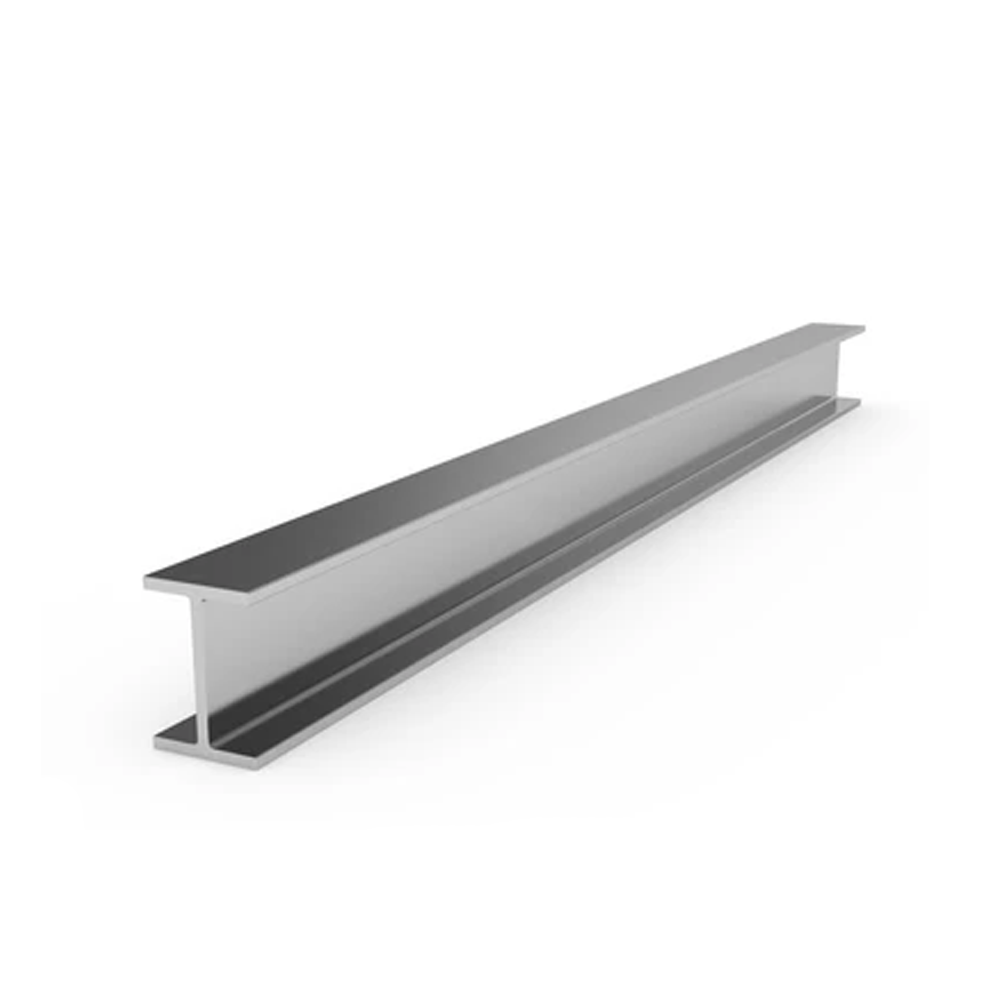
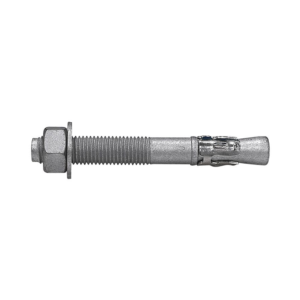


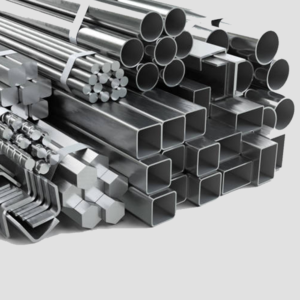

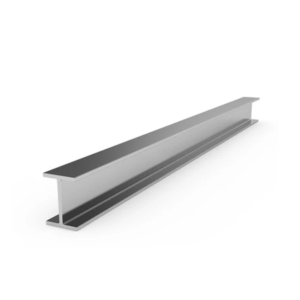
Reviews
There are no reviews yet.